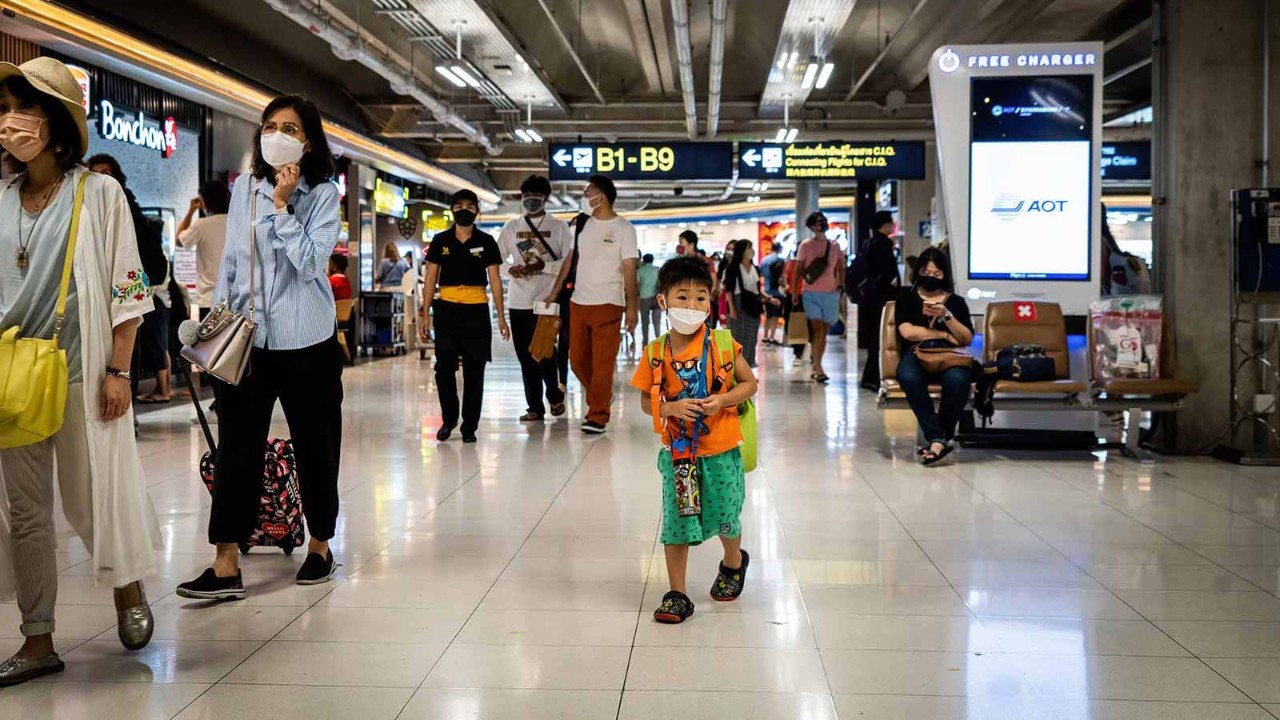
Recent weeks have seen a degree of gloom around economic prospects generally. However, outside mainland China, Asian economies have, so far, withstood the challenging global environment of high energy prices, great uncertainty over geo-politics and Chinese slowdown.
This relatively good performance can be sustained, given the recovery in domestic spending in developing Asian economies and so long as the global economy avoids a deep recession.
Fears of a US recession were amplified after its economy suffered consecutive contractions of 0.9% year on year in Q2 2022 and 1.6% year on year in Q1 2022. But such a headline contraction was not unexpected, given the large drag caused on the fiscal side of the economy this year, after the massive government stimulus in 2021 gave way to more normal spending levels.
US economy grows
There are two important factors to consider when thinking about how the US economy is performing and its impact on Asia. First, US firms continue growing their capital spending; new orders for core capital goods in the US rose by 0.7% in June 2022, accelerating from a 0.5% increase in May 22. Why would the country be expanding capacity unless it was confident about demand in the future?
Similarly, why would US firms be hiring workers at the sizzling pace we have seen right through July unless they were feeling secure about demand and profitability? Non-farm employment grew by a stunning 528,000 in July, after expanding 372,000 in June. As US demand for capital goods is a good lead indicator for demand for Asian exports of manufactured goods, the signs are not bad for Asia’s external demand.
Risky business
That said, it is evident that the risks are growing. Surveys of purchasing managers in July showed the G3 economies still expanding moderately but business confidence and new orders slipping. Signs of a slowdown in eurozone economies are also more evident.

With oil prices down and financial markets steadying, a broad recession in the developed economies can be avoided
Our view is that G3 demand for Asian products will moderate in coming months as high energy prices and uncertainty take their toll on confidence and spending. The lead indicators suggest that exports of electronics components, so critical to East and South-East Asian manufacturing, will also slow but not contract. With oil prices down from their peak and financial markets steadying, a broad recession in the developed economies can be avoided.
Targeted measures
As for mainland China, it is true that its economy has slowed significantly as stringent measures to contain the spread of Covid infections take their toll and as the real estate sector cools. The authorities have, however, responded with targeted measures to stabilise demand while avoiding the mistake of massive, broad stimulus actions which in the past eventually caused overheating.
Public health measures to contain Covid infections are also being better calibrated so that they cause less damage to economic activity. We expect the Chinese economy to regain some momentum in the second half of the year – which would support other Asian economies just as the G3 economies decelerate.
Purchasing manager surveys showed developing Asian economies holding up remarkably well in the face of challenging global conditions. Most of the economies covered by these surveys registered expansion in July. Encouragingly, the forward-looking indicators such as new orders and business confidence were also flashing positively.
Even Thailand, whose economy has been a laggard in recent years, showed strength in both domestic and external demand. The good performance in South-East Asia, in particular, could be a sign that the region’s efforts to strengthen intra-regional trade through initiatives like the Regional Comprehensive Economic Partnership are working. Renewed customer confidence was the most cited reason by South-East Asian manufacturers for higher order book volumes.
Purchasing manager surveys showed developing Asian economies holding up remarkably well
Domestic key
But the key to Asia ex-China’s performance is domestic. Consumer confidence is strengthening across the region as the pandemic abates, allowing governments to ease restrictions on domestic activity and open up borders to tourism. The rebound in tourism is particularly potent in reviving economies such as Thailand’s where around 15% to 20% of the economy is directly or indirectly dependent on foreign tourists.
As two years of pent-up demand is released and accumulated savings are unleashed in domestic markets, it looks like Asia’s resilience can be sustained.




